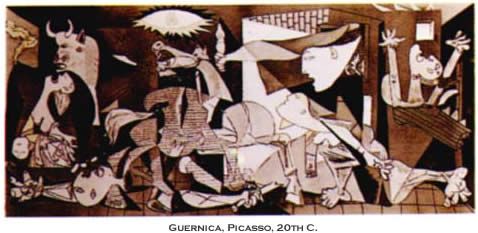SCARS, WOUNDS & INJURIES
Plastic surgery is the specialty other surgeons turn to when a wound is not healing, when substance is removed surgically, or when trauma has destroyed a skin or soft tissue covering.
These are the 'stock in trade' of plastic surgery. Every principle of meticulous repair, gentle tissue handling, and the ingenuity of tissue transfers may be called into use in an isolated or major injury. The foundation of plastic surgery is based on the treatment and movement of living tissue to correct, alter or restore a damaged or defective body part. Plastic surgery is the specialty other surgeons turn to when a wound is not healing, when substance is removed surgically, or when trauma has destroyed a skin or soft tissue covering.
The techniques of repair and restoration are many and involve a detailed knowledge of anatomy, regional blood supply and fundamentals of tissue healing. These include direct repair by preservation and repositioning of normal structural integrity or may involve replacement of loss by skin grafting, tissue flap rotation, or insertion of the patient's distant tissues carried by their own blood supply. In secondary repairs performed later than the initial injury, composites of the patient's own tissue may be borrowed from one site to be inserted into wound defects. These might include cartilage, bone, fat or muscle. In some cases medically engineered substances may be substituted for living tissue.
The definition of 'plastic' is "capable of molding or of receiving form"; and this conceptually forms the basis of plastic surgery which, in an ultimate irony, has come to use many forms of plastic in some methods of repair. Examples of all wounds or scars would be impossible for any surgeon to show in a simple site. I have selected just a few from my practice as representative of the diversity of problems that we attempt to improve. See if you can see in them the several basic plastic surgical techniques illustrated.





